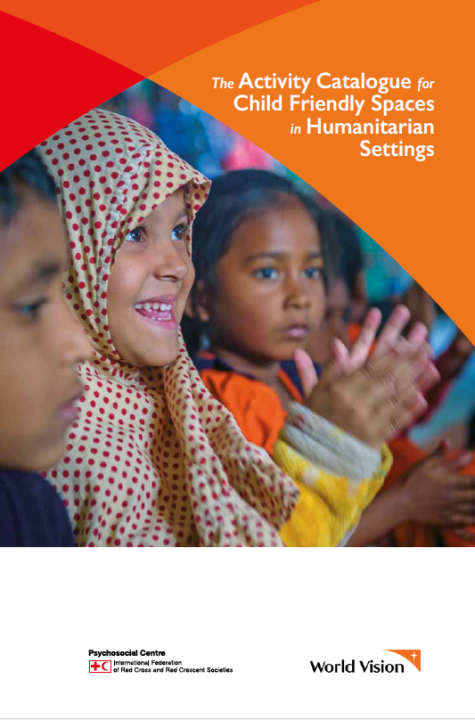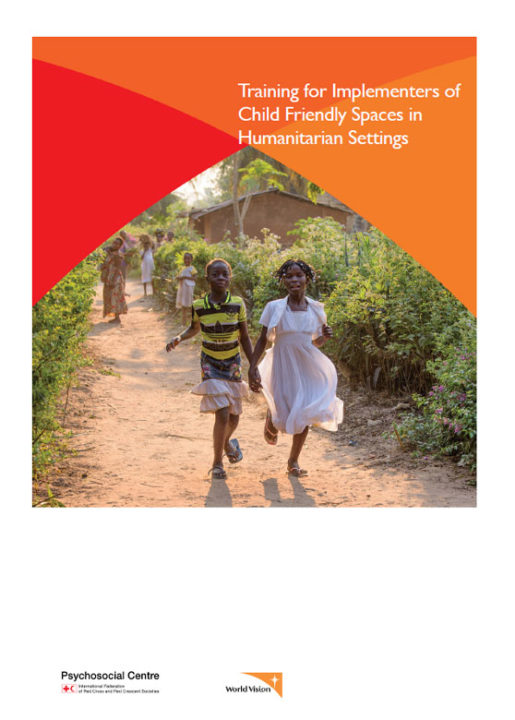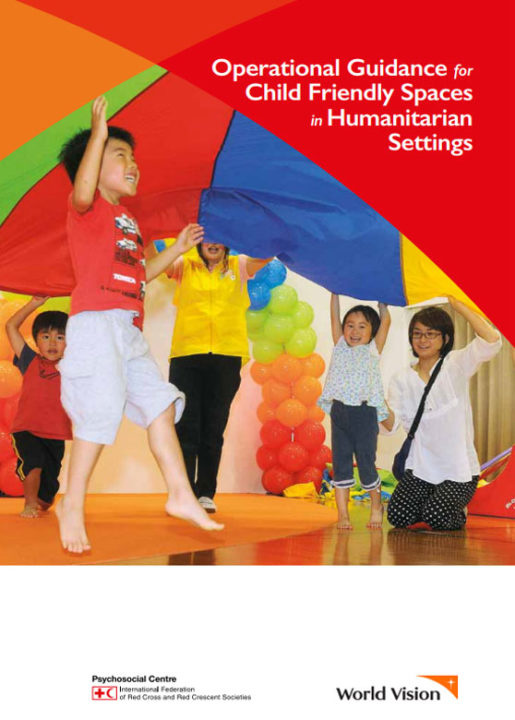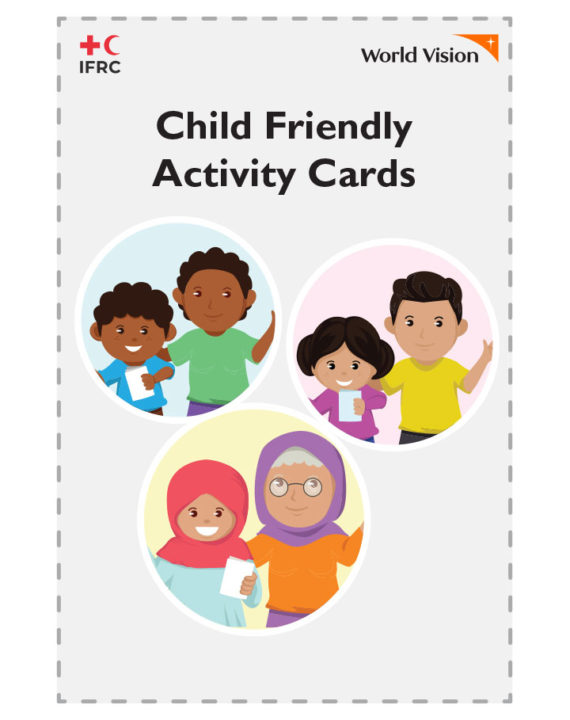This training manual complements the Training for Implementers of Child Friendly Spaces in Humanitarian Settings. It provides practical training for facilitators on the Activity Catalogue to support the effective implementation of the structured activities for children in different contexts. Ideally, this should follow on directly from the three day implementer training. The training divides into 14 sessions, including one optional session on facilitator well-being. Experienced facilitators should be used to deliver the training, following the step by step instructions and adapting timing according to the number of participants. Ideally the training should be conducted with a maximum of 20 participants.
guides_tools
Training for Facilitators of Activities for Child Friendly Spaces in Humanitarian Settings
Information
English
2019
pdf
Translations
Ukrainian






